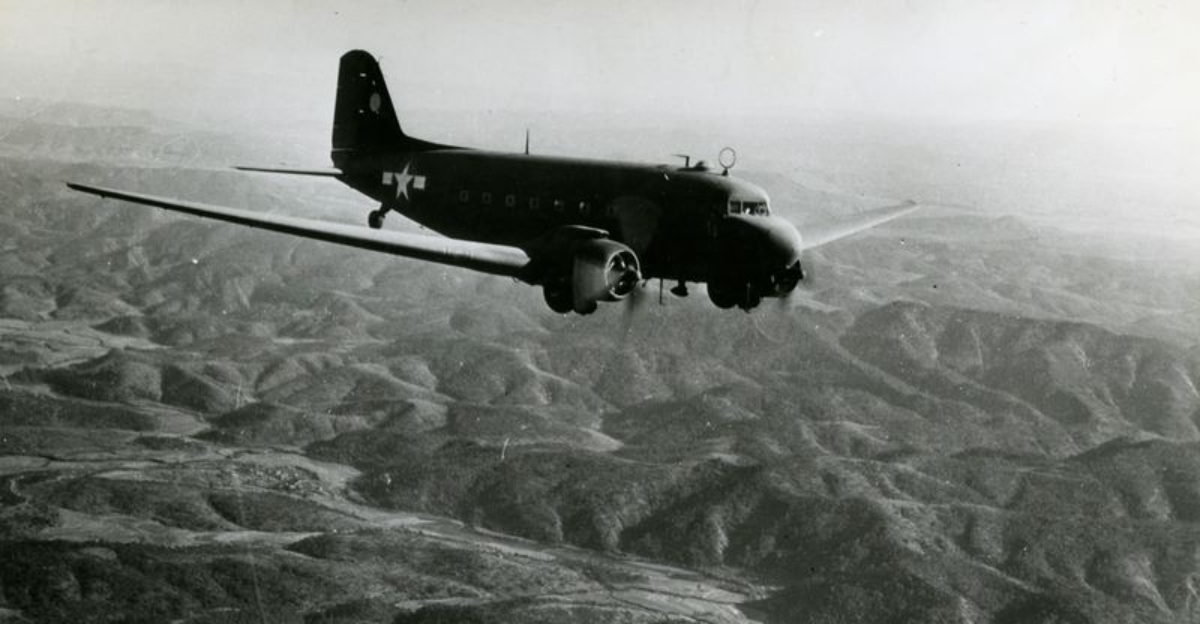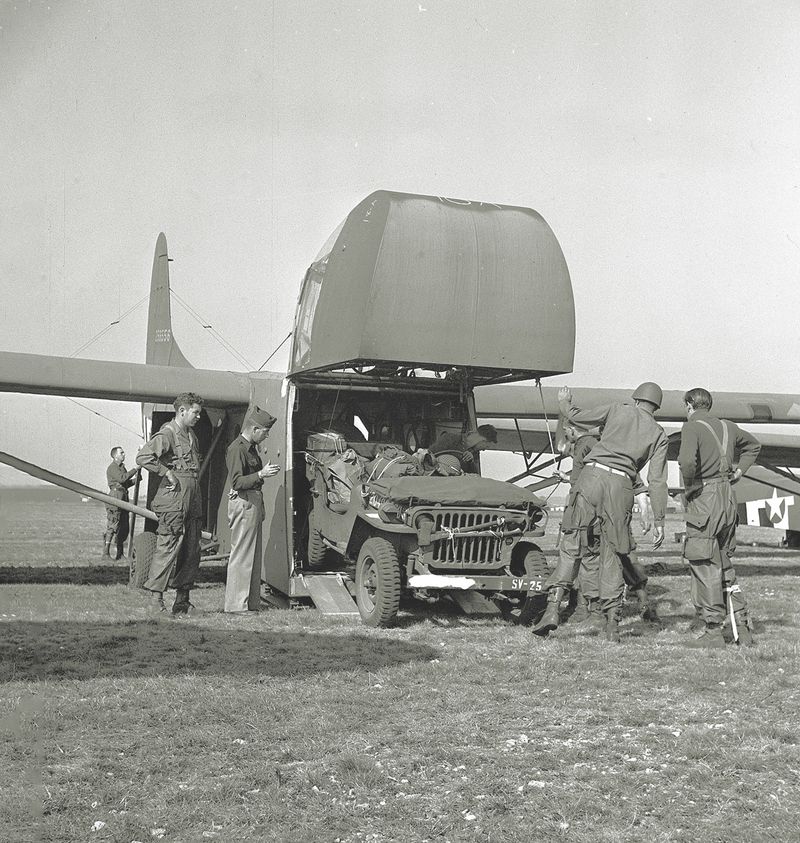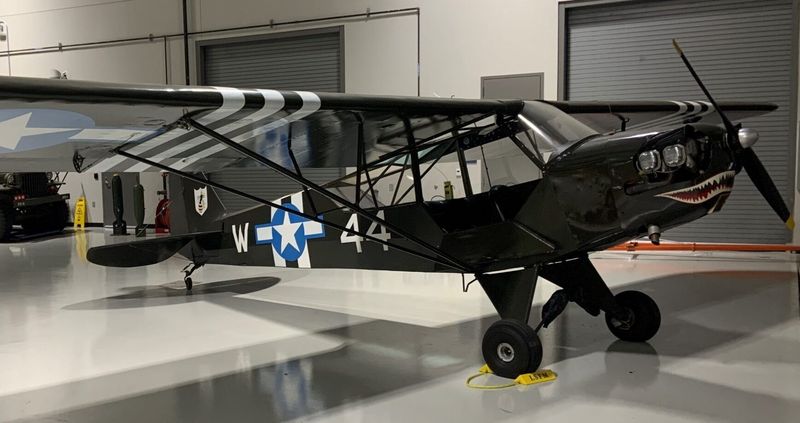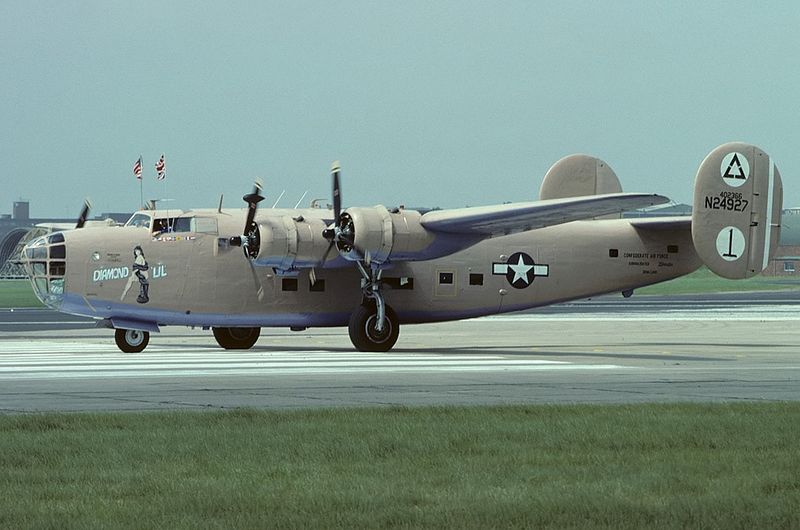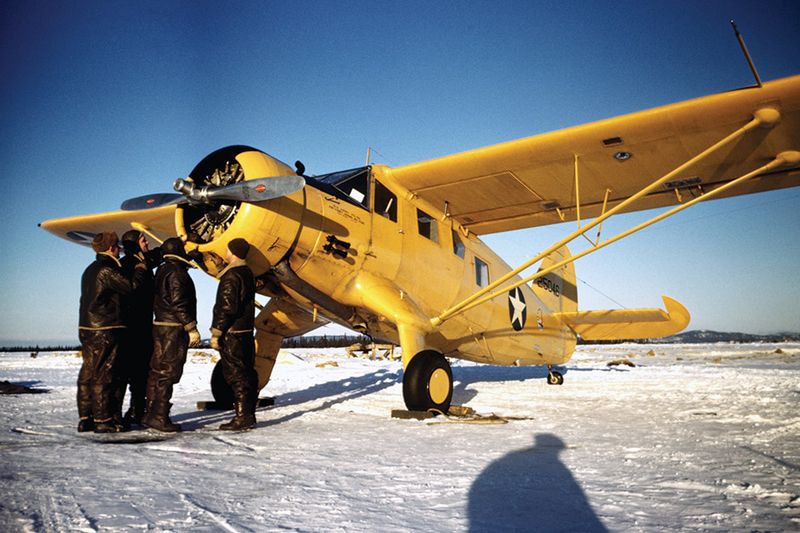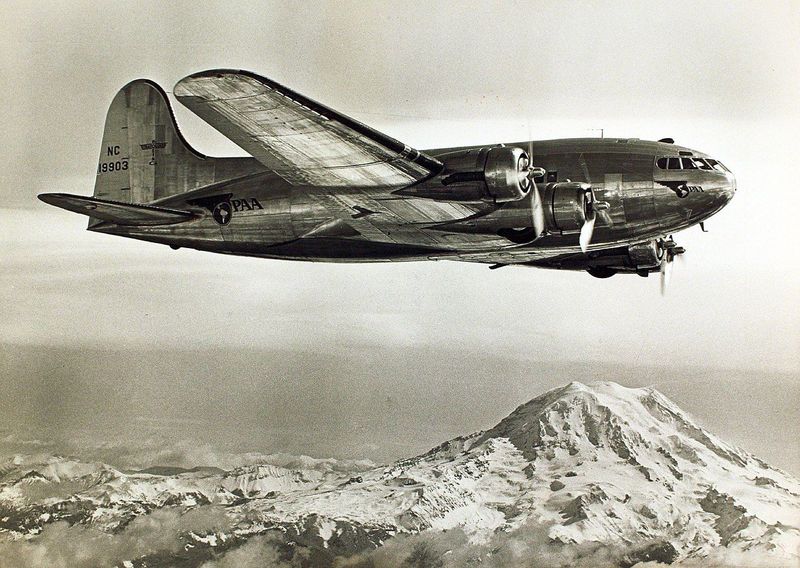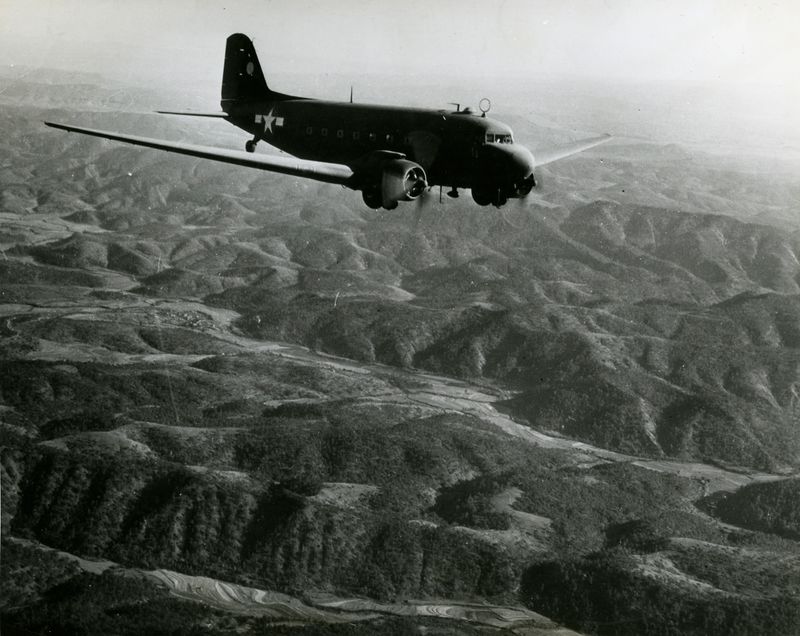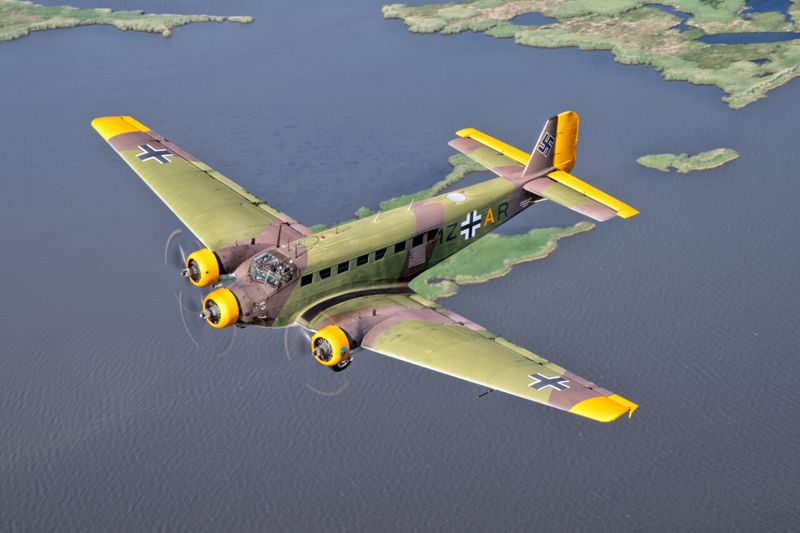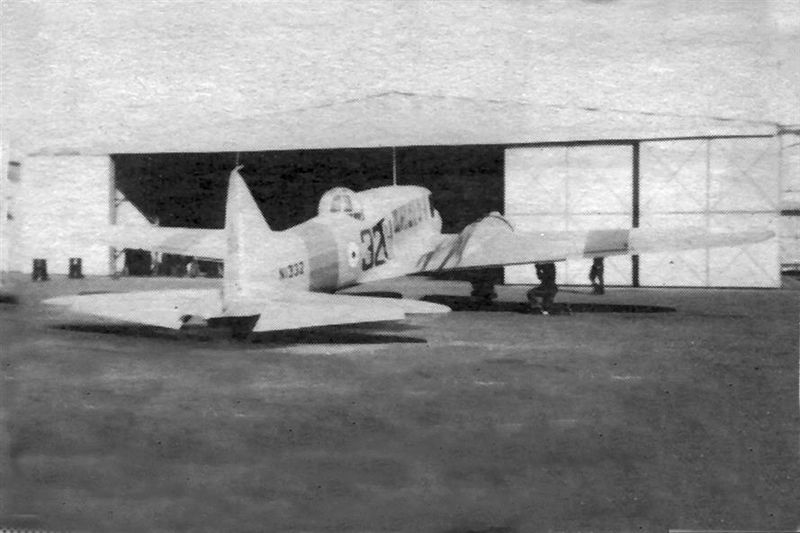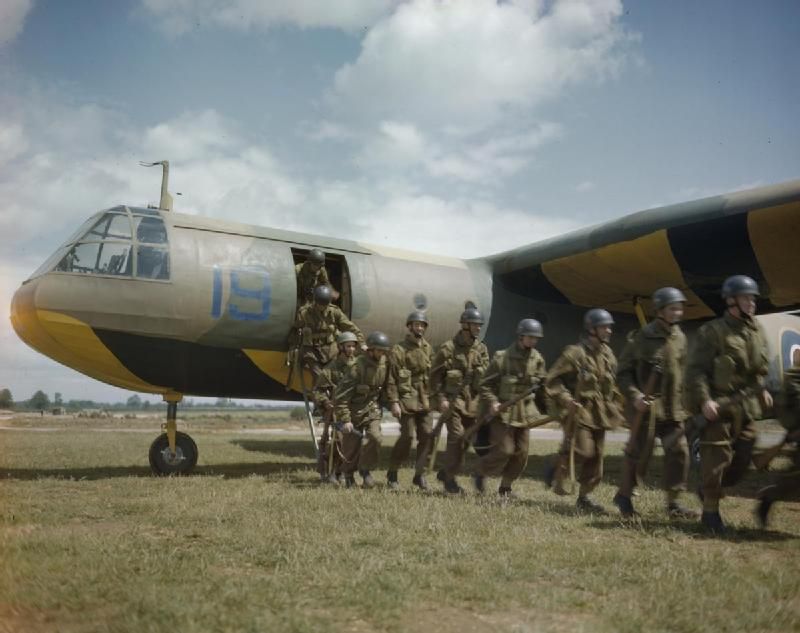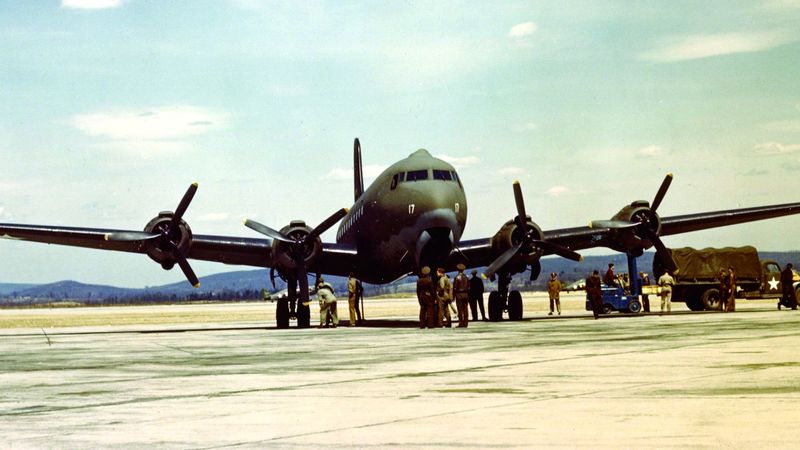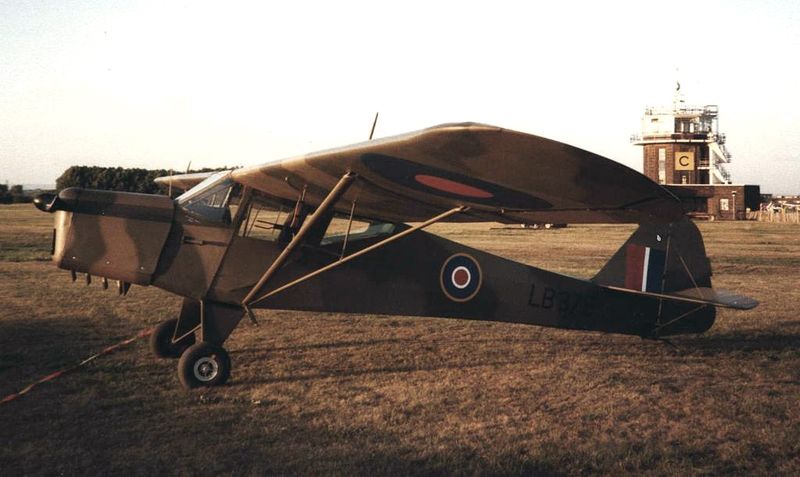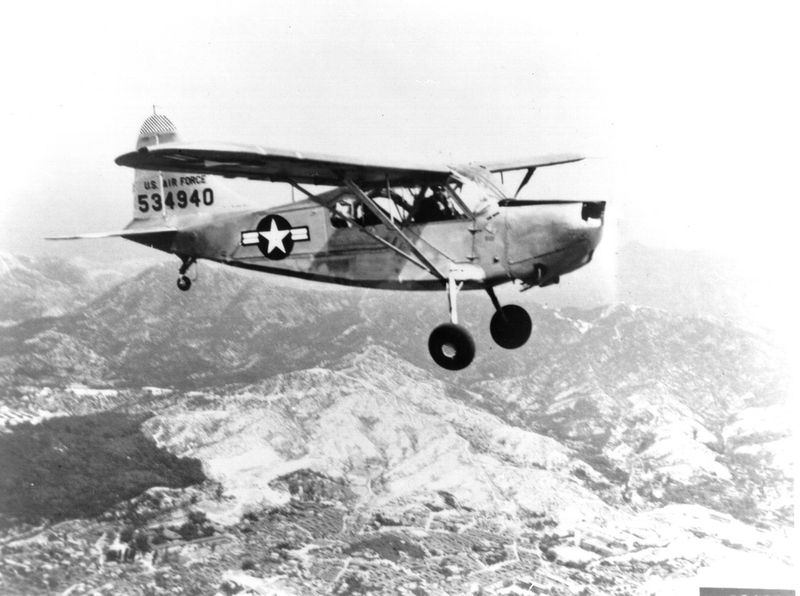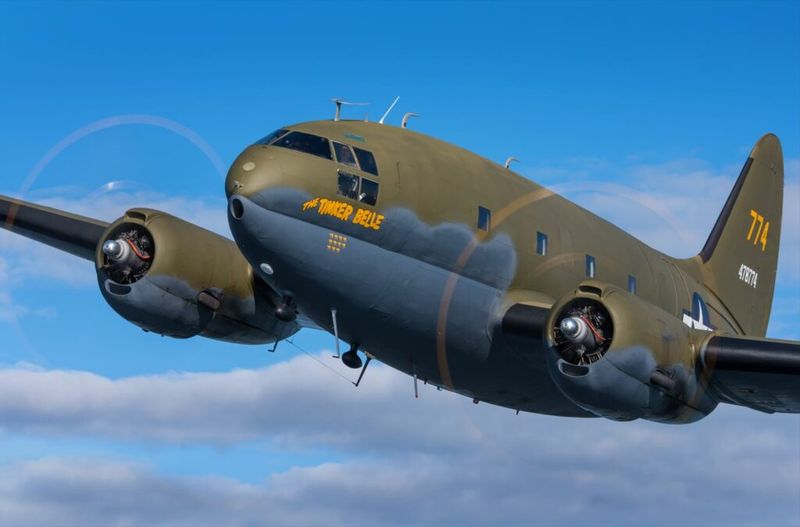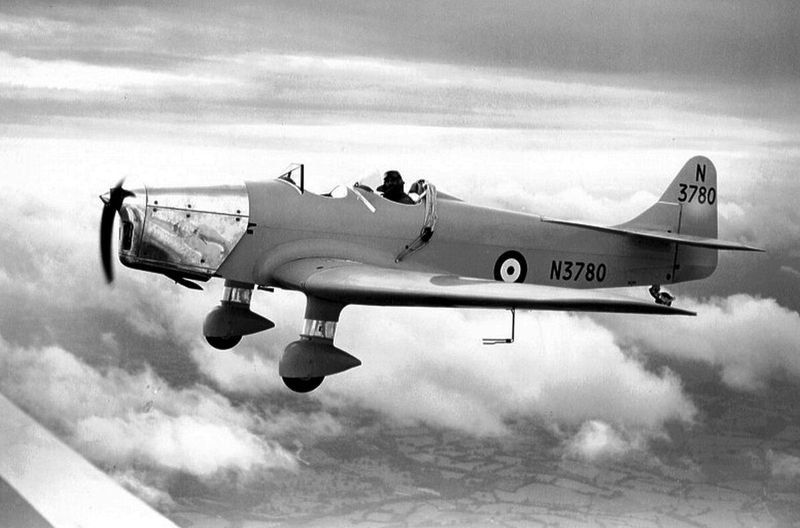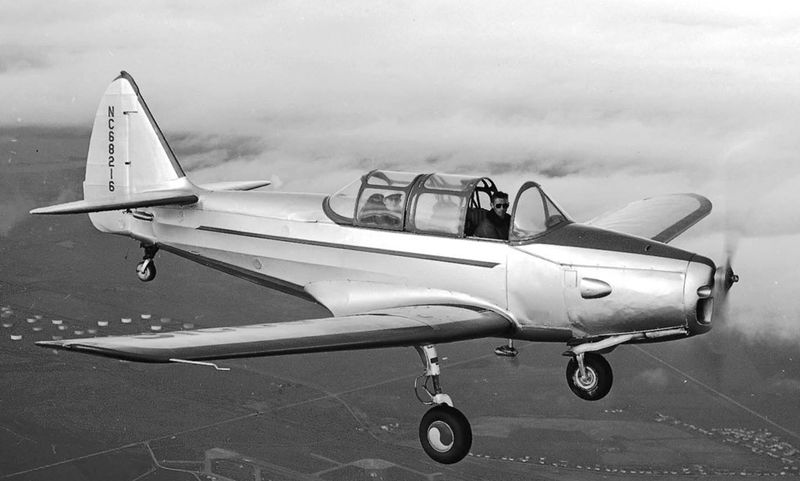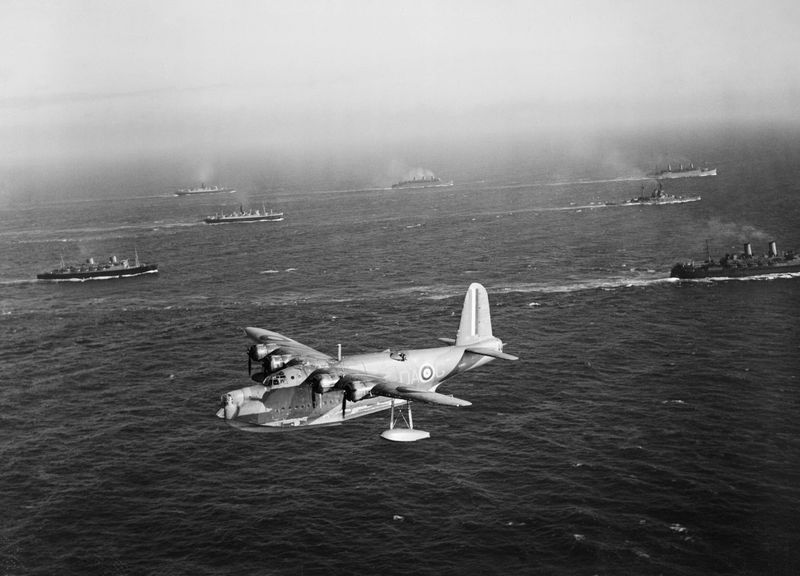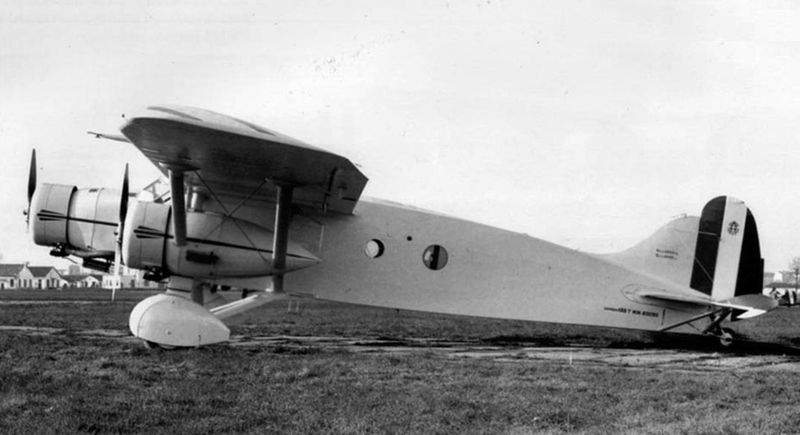When we think of World War II aircraft, fighter aces and bombing raids often steal the spotlight. But behind the dogfights and explosions were the silent heroes—the transporters, gliders, trainers, and scouts that flew missions every day without a single gun on board. These unarmed aircraft didn’t fire a shot, but they were absolutely vital to winning the war. Here are 17 unsung workhorses that helped turn the tide.
1. Waco CG-4A Glider
The Waco CG-4A Glider, though lacking an engine, armor, or weapons, played a vital role in delivering troops and equipment behind enemy lines. Used extensively during D-Day and Operation Market Garden, this glider silently carried jeeps, howitzers, and soldiers into battle.
The simplicity of its design allowed for rapid production and deployment. Pilots of the CG-4A demonstrated courage, landing in hostile territory under precarious conditions. Its contribution to covert operations showcased the power of stealth and surprise, proving that even the quietest of aircraft could alter the course of the war.
2. Piper L-4 Grasshopper
Transforming from a humble civilian plane to a military scout, the Piper L-4 Grasshopper was instrumental in artillery spotting and battlefield observation. German troops feared its presence, as artillery often followed its flight path.
Aside from reconnaissance, the L-4 served in medical evacuation roles, transporting wounded soldiers quickly to medical facilities. Its ability to fly low and slow made it an indispensable tool for gathering intelligence. The Grasshopper’s agility and versatility solidified its status as a pivotal component of the war effort, showcasing that small planes could achieve significant impact.
3. Consolidated C-87 Liberator Express
The Consolidated C-87 Liberator Express, a transport variant of the B-24 bomber, was used to carry cargo and VIPs over extensive distances. This aircraft frequently ventured on the perilous supply route known as “The Hump,” flying over the Himalayas into China.
Its design allowed for modifications to accommodate different cargo needs, making it adaptable and efficient. The ability to transport critical supplies and personnel with speed and reliability marked the C-87 as a cornerstone in the Allies’ logistical operations. Its assignments underscored the strategic importance of air transport in connecting distant battlefronts.
4. Noorduyn Norseman
Beloved for its rugged build, the Noorduyn Norseman was a versatile aircraft capable of landing on wheels, skis, or floats. This adaptability made it invaluable in remote theaters, where it delivered mail, fuel, and parts to frontline units.
Its reliability in harsh environments, such as the snowy landscapes of the Arctic, demonstrated the Norseman’s robust design. The aircraft’s ability to operate in any condition ensured that vital supplies reached troops in even the most isolated locations. This steadfast service highlighted its role in maintaining morale and operational efficiency during the war.
5. Boeing 307 Stratoliner
The Boeing 307 Stratoliner, originally a civilian airliner, was repurposed for long-range VIP transport during World War II. Its pressurized cabin provided comfort and efficiency, allowing generals and diplomats to traverse continents with ease.
This aircraft’s ability to fly high and fast made it ideal for strategic missions requiring discretion. The transformation from commercial to military use underscored the ingenuity in repurposing existing technology for wartime needs. The Stratoliner’s role in connecting key personnel played a vital role in coordinating efforts across various fronts, proving that luxury could indeed serve practicality.
6. Douglas C-47 Skytrain (“Gooney Bird”)
The Douglas C-47 Skytrain, affectionately known as the “Gooney Bird,” was the lifeline of Allied logistics. This aircraft carried troops, towed gliders, and dropped paratroopers on D-Day. With its robust build, it hauled supplies over the challenging terrains of the Himalayas, known as “The Hump.” Without this reliable transport, the Allies might have been grounded and immobilized.
Its versatility extended beyond troop movement; the C-47 facilitated medical evacuations and delivered essential cargo. The Skytrain’s reputation for dependability earned it a special place in military operations, becoming a symbol of resilience and support during the war.
7. Junkers Ju 52
The Junkers Ju 52, affectionately known as “Tante Ju” (Auntie Ju), was the Luftwaffe’s dependable pack mule throughout the war. This German trimotor aircraft transported everything from cargo to paratroopers, showcasing its versatility.
Its sturdy design allowed it to operate in various conditions, from the icy Russian fronts to the deserts of North Africa. The Ju 52’s resilience and adaptability made it an essential component of Germany’s wartime logistics. Its consistent performance in diverse theatres of war highlighted the critical role of steadfast transport in military strategy.
8. Avro Anson
Originally designed as a coastal patrol plane, the Avro Anson found new purpose as a multi-engine trainer. Thousands of Commonwealth pilots honed their flying skills on this steady, forgiving aircraft.
Its dual-engine setup provided a realistic training platform, preparing pilots for combat aircraft. The Anson’s reliability and ease of handling made it an ideal choice for training missions. This aircraft’s contribution to developing skilled aviators highlighted the indirect yet profound impact of training planes in wartime success, ensuring that future pilots were well-prepared for the challenges ahead.
9. Airspeed Horsa Glider
The Airspeed Horsa Glider, a British counterpart to the CG-4A, played an essential role in transporting troops and equipment into battle zones. Constructed primarily of wood, this glider carried soldiers into Normandy and Arnhem without detection.
Its silent approach allowed for surprise landings behind enemy lines, facilitating successful infiltration missions. The Horsa’s contribution to key operations underscored the tactical advantage of using gliders for stealth. Its design and execution demonstrated the innovative methods employed to gain an edge in warfare without direct confrontation.
10. Douglas C-54 Skymaster
The Douglas C-54 Skymaster was a cornerstone of long-range transport during World War II, hauling critical supplies across vast oceans. This aircraft was pivotal in establishing the global logistics network that supported Allied operations.
With its spacious cargo hold, the Skymaster transported everything from equipment to personnel efficiently. Its reliability in long-distance flights made it indispensable for connecting continents and delivering aid where needed. The C-54’s contribution to logistics highlighted the importance of strategic air transport in sustaining military efforts and ensuring seamless operations across diverse theaters of war.
11. Taylorcraft Auster
The Taylorcraft Auster served as a British liaison aircraft, excelling in scouting enemy lines and adjusting artillery fire. Its agile design allowed it to navigate challenging terrains and provide real-time intelligence to ground forces.
In addition to reconnaissance, the Auster transported commanders across battlefields, ensuring swift decision-making. This aircraft’s role in coordination and communication underscored the importance of unarmed planes in achieving tactical superiority. Its contributions to battlefield strategy demonstrated that observation and intelligence were as critical as firepower in securing victory.
12. Stinson L-5 Sentinel
Known as the “Flying Jeep,” the unarmed Stinson L-5 Sentinel was a versatile liaison plane used for reconnaissance and medevac missions. Its ability to fly low and slow allowed it to operate under the radar, gathering vital intelligence.
Beyond reconnaissance, the L-5 was instrumental in transporting wounded soldiers to medical facilities quickly and safely. Its adaptability and reliability made it a crucial asset in various operations. The Sentinel’s service demonstrated the significant impact of non-combat aircraft, proving that information and mobility were key to successful military engagements.
13. Curtiss C-46 Commando
Nicknamed the “Whale,” the Curtiss C-46 Commando was a large transport that excelled in hauling substantial loads. Its capacity and performance made it ideal for the treacherous missions over the Himalayas, supporting the China-Burma-India Theater.
The C-46’s ability to carry more than the C-47 and fly at higher altitudes established it as a backbone of airborne logistics in the Pacific. Its contributions to supply missions demonstrated the strategic importance of powerful transport aircraft in overcoming geographical challenges and ensuring continuous support to distant fronts.
14. Miles Magister
The Miles Magister, a basic trainer for RAF pilots, was where thousands took their first solo flights. Without weapons, this aircraft focused on teaching the raw fundamentals of flight in a straightforward, accessible manner.
Its straightforward design and handling characteristics made it ideal for new pilots. The Magister’s role in creating competent aviators highlighted the significance of training aircraft in ensuring the quality and readiness of military personnel. This humble plane’s contribution to aviation education underscores the foundational importance of training in the broader context of wartime strategy.
15. Fairchild PT-19
Used by the U.S. Army Air Forces, the Fairchild PT-19 was essential in training pilots in the basics of flying. This aircraft’s straightforward design facilitated learning, ensuring trainees mastered fundamental skills.
The open cockpit offered excellent visibility, enhancing the learning experience. The PT-19’s contribution to pilot training was crucial in producing the next generation of bomber and fighter pilots. Its role in education highlighted how foundational training was integral to military success, with the PT-19 acting as the gateway to advanced aviation knowledge during the war.
16. Short Sunderland (Transport Variants)
Originally a flying boat bomber, the Short Sunderland was adapted for transport purposes, moving men and material across vast ocean stretches. Its range and seaworthiness made it invaluable in long-distance missions.
These adaptations underscored the versatility of aircraft design, repurposing bombers for essential logistics roles. The Sunderland’s ability to cover great distances efficiently ensured that remote operations remained supplied and connected. This aircraft’s service demonstrated the strategic advantage of adapting existing technology to fulfill diverse military needs, reinforcing the dynamic nature of wartime aviation solutions.
17. Caproni Ca.133
The Caproni Ca.133 was an Italian trimotor that served as a troop and supply transport in North Africa and East Africa. Its robust design allowed it to operate effectively in harsh, varied terrains.
Though not glamorous, the Ca.133 was dependable, facilitating critical logistical tasks. Its contributions to the Italian war effort underscored the importance of reliable transport in maintaining supply lines. This aircraft’s quiet service demonstrated that effectiveness often lies in perseverance and adaptability, helping sustain operations in challenging environments where others might falter.
